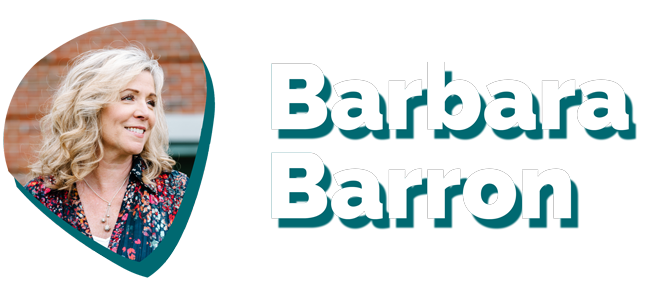March 24th, 2021 by Barbara Barron
First impressions matter.
I’ve spoken at length about this because I believe it so fervently. I know I’m not the only one who believes that the first impression sets the tone for the rest of a relationship, moving forward. How do I know? Because one of my most popular articles is about how we write welcome letters to new parents. We’re all trying to do better at this all-important juncture.
The reason I’m returning to this idea, again, is because I’d like to focus – this time – on a feeling. Particularly, what we want the new parents at our school to feel when they are first introduced to our community.
For many schools, this all-important first impression belongs solely to the admission office. The fact that they do this important work is worthy of our gratitude and respect. Not a single thing can happen at our schools if we do not have students enrolled, right? And not just any students, of course. Students who are a good fit for our school. Students who have the best chance to add vitality to our program. Students whose parents are aligned with the mission we are striving to deliver.
So, yes, first things first – let’s give huge props to admission teams everywhere who, as I write, are deep in the “season” of finalizing acceptance offers. Brava.
But what happens next? How do we very intentionally create early experiences that help parents feel like full members of our community? Where is the hand-off? And is that even the right way to think about it?

The outdated, siloed structure of the admission and development departments with a solid wall between them is, at best, anachronistic and, at worst, giving our new parents the feeling that the development departments are secondary. And only interested in money. New parents are oftentimes “introduced” to the development staff well into the fall, and through a generic appeal letter, asking them to donate to the… Annual Fund. Oh boy.
Where is the cultivation?
Today, in most schools, but certainly not all, that division, that wall, is coming down. Sure, there is still some lingering territorialism but for schools adopting an advancement model, those fiefdoms, that serve no one, least of all our new families, are ending. But what should be put in place instead? How do we start in the future tense, seeing what we really want for our new parents?
So we return to the opening question. We gather our advancement team and ask, “What do we want our new parents to feel? What, when asked to describe their early days in our community, would they say they experienced that made them so glad they enrolled their child in our school? What would drive them to tell everyone they know? And how can we begin to design for that experience?”
It is through an advancement lens – seeing the big picture, the full arc of experiences our families will or can have at our schools from start to finish years from now — that we can gain this perspective. Since we, in advancement, are not solely interested in the current crop of students, we can help facilitate this thinking. We see this new kindergartener or 9th grader not only as a new student but as the alum she will become. And then, ideally, they become the parent of an enrolling new student a generation from now. Because we hold this long view, we can be integral teammates. We know what’s at stake, exactly, when creating these beautiful moments of “hello.” And “welcome.” And “join us!”
This is also a smart moment to invite input from key volunteers like the Development Committee and the Parents’ Association. Let’s get tight.
Change is hard and the process may seem daunting, so here are some prompts to get you started:
1. What are the touch points we already have for inquiring and applying parents? How can we infuse them with more warmth? How can we create more opportunities to get to know what those families are seeking? How can we ask better questions of them?
2. How do prospective parents meet members of the development staff during their exploration, as a natural part of the welcoming crew we are? I can assure you that development people make excellent campus tour guides.
3. What are the stories we are telling about our program that serve prospective families? These are very likely to be the same stories we want to tell our donors about their gifts in use. Let’s coordinate. Codify your list of compelling stories – adapted slightly for our different audiences – that have a through-line that underscores what’s special about the mission of the school.
4. How can we gather important information about these families’ hopes and dreams (and worries) for their child? Knowing this enables us later to demonstrate the school’s ability to deliver — and resolve — those. It also lets us show how carefully we are listening. It shows how deeply we care about their experience.
5. How can we earn, through our care and intentionality, the opportunity to talk with families about the school’s vision and goals, and how they can be a part of making that vision a reality? How do we talk about the school’s generous culture and the legacy of families who built the school they now enjoy? What are all the ways they can get involved and give back? How do we explain why we seek their support and how we will put it to excellent use? What is the right language for that and when is the best time to share it?
As I said before, first impressions matter. Hopefully the questions outlined above will get you and your team thinking about the way your parents feel at the onset of their experience at your school. We all know, deep down, that we can’t risk having their experience be left up to happenstance. But it will take work and thoughtfulness (and yes, probably a white board) to ensure that this entry is intentional and thoughtful… every single time.
Happily, it’s not terribly hard. It just takes a commitment from all parties to begin the work. If you have questions, my inbox is always open. Just email me at the address below.
As always, stay well,
Barbara Barron

[email protected] // @BBAdvancement






